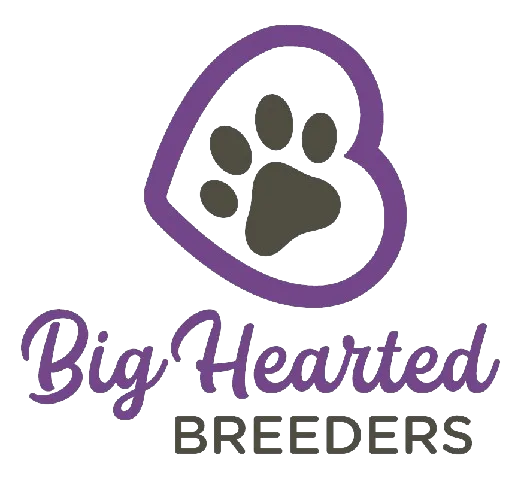

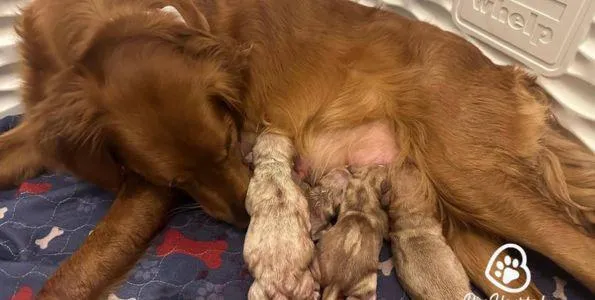
Calories for Nursing and Pregnant Dogs Part 2
As breeders, when we're breeding dogs we’re often on a kind of pendulum swing with our dogs. The mom is nursing and the puppies are taking the milk from her so she needs more food and still often struggles to keep weight on. So, what do we do to help our mama dogs and those dogs that just stay skinny get to that normal sweet spot?
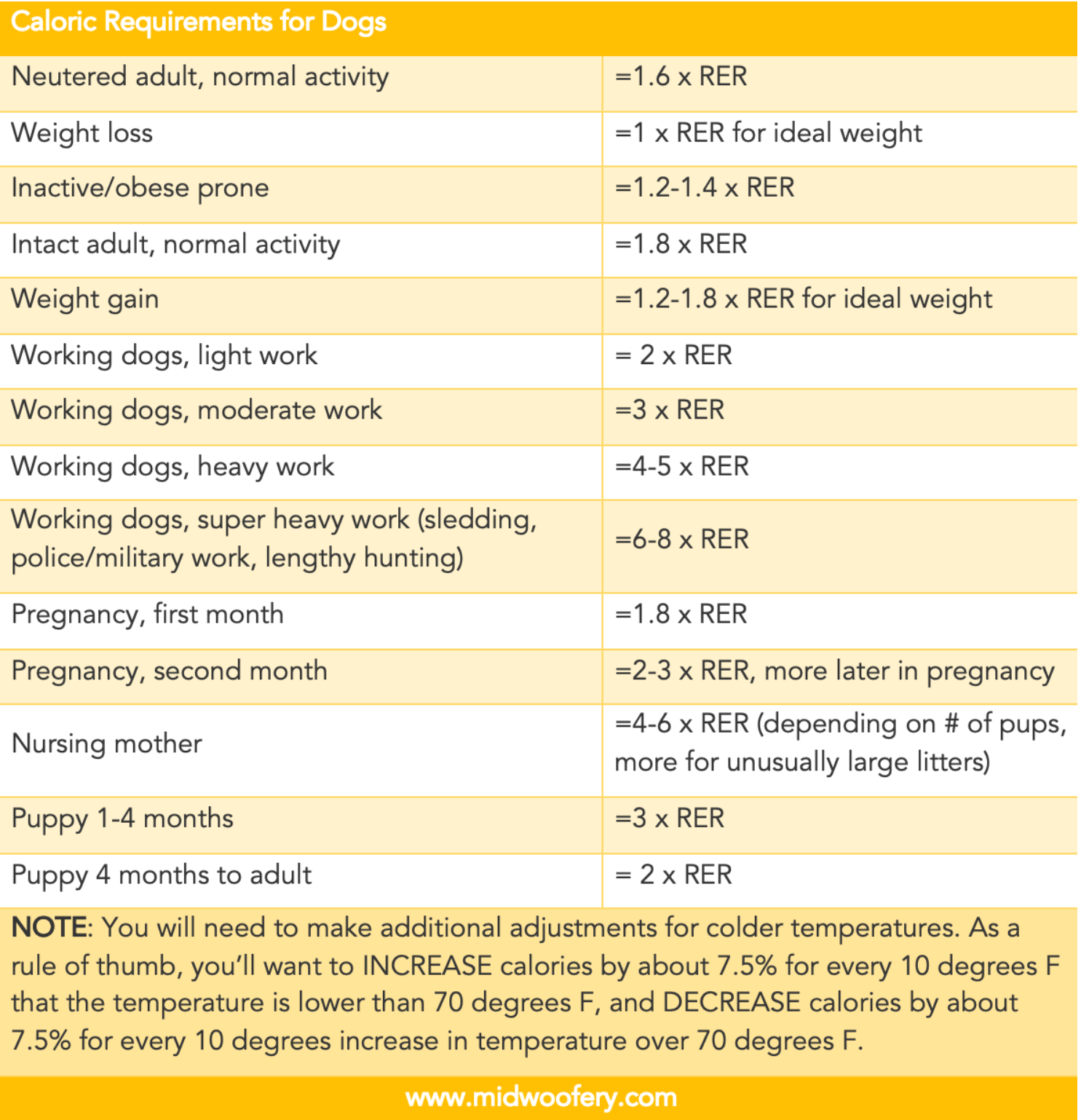
Caloric Needs
To know how your dog is doing and how much food they need, use their Body Condition Score (see Part 1). Midwoofery.com has put out a chart that can help you determine how much to feed your dog. This chart is super useful for any dog, but especially for pregnant and nursing dogs.
When looking at the chart, notice that each category says n x RER. You might be wondering, what is RER? RER is the "Resting Energy Requirement" or the resting rate at which your dog burns calories. How many calories does your dog need when it is at rest, just to breath, have a heartbeat, etc?
So, how do you figure out what your dog’s RER is? Online calorie calculators can be used to help you figure out what the RER is for your dog. The Pet Alliance for Nutrition is fabulous. You can input your dog's weight and body score, and it will calculate their RER.
The RER is the base. Find your dog's calorie needs on midwoofery.com's chart based on their activity level and pregnancy status.
Calorie Calculator
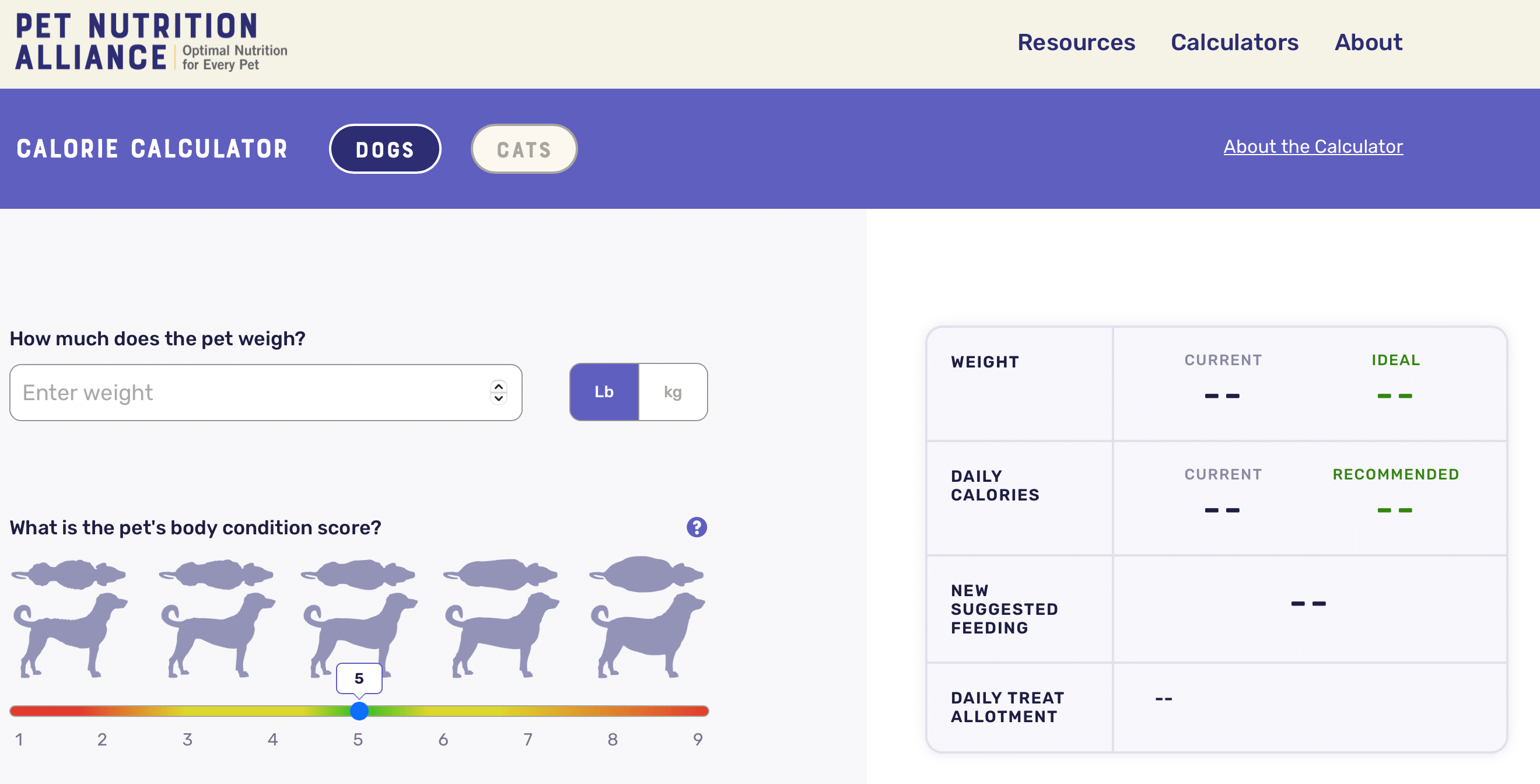
To use the calorie calculator you need to get familiar with how to determine your dog's body score. You'll need to rub your hands down the ribs, the spine and the waist to get an idea of how the dog feels. Then, look at the score pictures and the description to help determine their score.
The Calorie Calculator will give you the dog's RER. Then you use the chart to determine the caloric needs of your dog based on activity level.
Putting It All Together
How can you know how many calories you're currently feeding your dog? And how do you convert that to know how many cups of food to feed them?
Generally, you can look online or you can look at your bag of food to see the calories per cup. Once you know the calories per cup, there is a bit of math involved.
You’ll want to determine where your dog falls on the chart from midwifery.com. For example, if you have a nursing mom, according to the chart, she’ll need to eat about 4-6 x RER. Next, you’ll divide the total number of calories your dog needs by the calories per cup (found online or on your food bag). This will tell you how many cups of food your dog should be eating in a day.
From this example:
(4xRER)/calories per cup = cups per day for nursing mom
On the other hand, if your dog is overweight they recommend that they eat 1 x RER. So, you would simply divide RER by the calories per cup in your dog's food.
From this example:
RER/calories per cup = cups per day for overweight dog
Write that number down and then continue to feel your dog's body every day. If she is feeling too skinny, check her weight and see where she is at. If she’s not where she needs to be then you can adjust accordingly.
Underweight Dogs
Now, sometimes we are helping our dogs to gain weight because they're underweight and we're just playing catch-up. A good way to play catch-up is to make sure to add some extra calories through food. I recommend several ways to do this.
A handler who was showing dogs developed Satin Balls. She had a lot of issues with dogs losing weight because of stress from traveling and being in the show ring. So, she developed the satin balls to keep the weight on her dogs while they were showing.
Satin Balls work great for pregnant and underweight dogs too! It can help get your dog back up to weight quickly without causing a lot of digestive upset.
I also have recipes for Mother's Pudding and Glop. Mother's Pudding can help nursing mothers to maintain their weight and milk supply. Cat breeders also frequently use a recipe called Glop, which is similar to Mother's Pudding and is also great with dogs!
*Please note that if your dog is underweight you should talk to your vet to ensure there are no underlying issues.
How Temperatures Impact Weight
Have you ever noticed that your dogs lose weight in the winter and gain weight in the summer? At the bottom of the chart from midwoofery.com it notes that you need to make adjustments for colder temperatures.
As a rule of thumb, you'll want to increase calories by 7.5% for every 10 degrees Fahrenheit the temperature is lower than 70 degrees. So, remember that during the winter months you need to increase the food. Then decrease the calories in the opposite direction 7.5% for every 10 degrees the temperature is over 70 degrees.
Keeping our dogs at an ideal weight is so important both for breeders and for the families that welcome a pet into their home. We can adjust their feeding based on their caloric needs. This helps maintain their body score at or close to 5. And all we need to do this is a little bit of knowledge!
If you'd like more information on pet nutrition or breeding, I'd love to chat! Please complete the form so we can connect.
Leave a comment
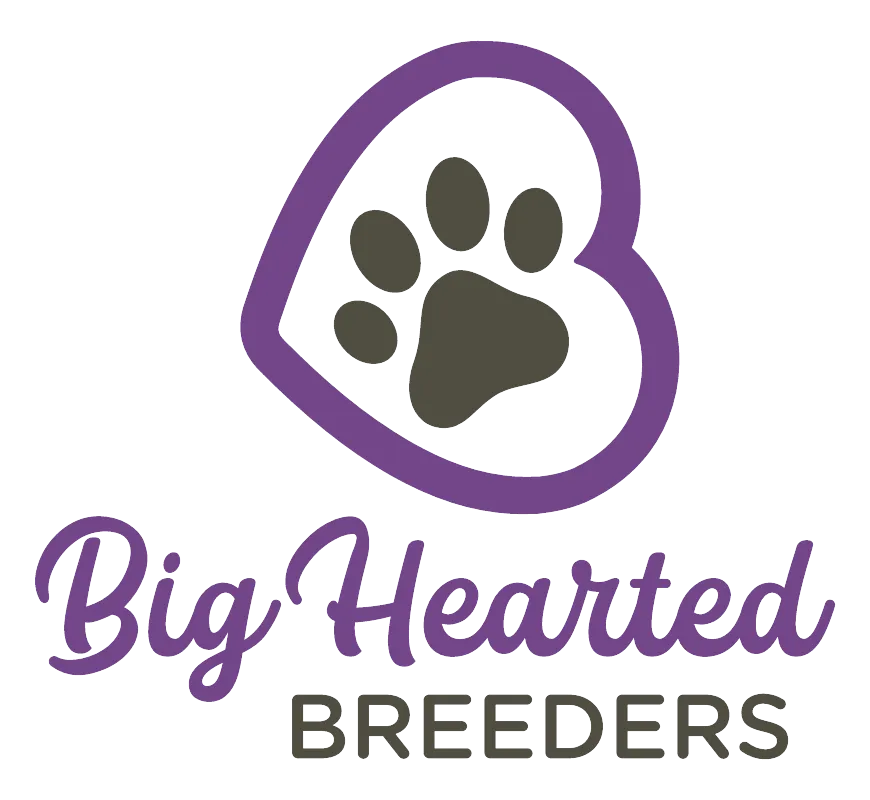
KEEP IN TOUCH
Subscribe for periodic updates
Copyright © 2024 Big Hearted Breeders

